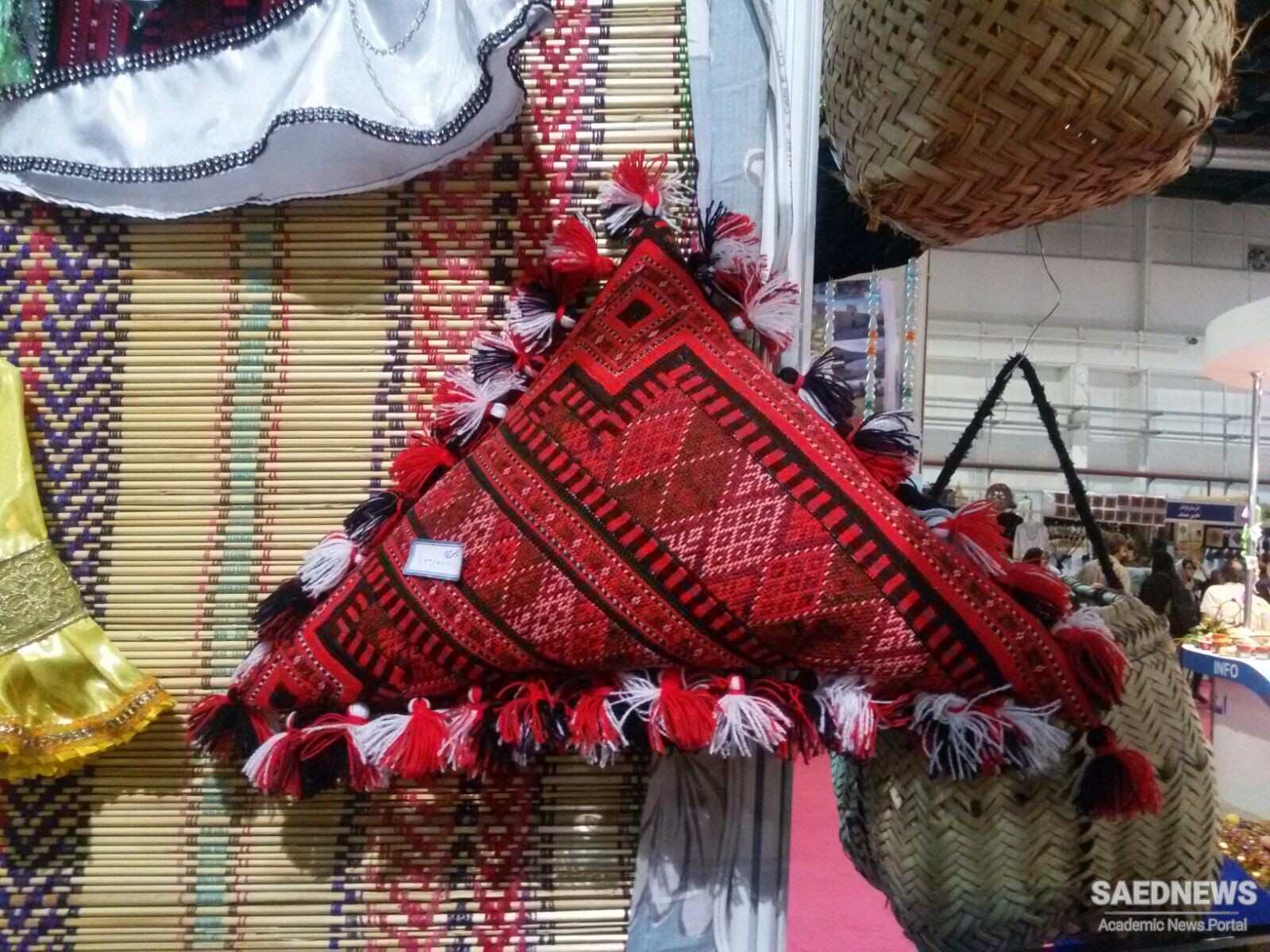At the opposite, southeastern, corner of Iran are Sistan and Baluchestan. They are lumped together in one administrative province today, but they really form quite distinct subregions that extend beyond Iran’s contemporary political borders into Afghanistan and Pakistan, respectively. Both are generally sandy desert areas: very hot, very dry, subject to violent windstorms, and thinly populated. Sistan would be one of the most inhospitable environments on earth were it not for the waters of the Helmand River, which end in a kind of large oasis in Iranian Sistân around the town of Zabol. In earlier times, dams and other irrigation projects made extensive agriculture possible, and the region was much more prosperous than it is today. The Helmand also provided an important artery for trade. The people of Sistan have traditionally been fiercely independent in spirit and proud of their regional identity. Baluchestan is the area south of the city of Zahedan, running between the Jaz Murian desert and the Pakistani border. It is peppered with small mountain villages and groups of nomadic or seminomadic pastoralists. The origins of the Baluch people are obscure, but their language is an Iranian one, close to some of the ancient languages of Iran and quite different from modern Persian. This whole region is one of the poorest in Iran, and its economy has suffered a lot in recent years by an influx of thousands of refugees from Afghanistan. It is also one of the most difficult areas for the central government to control due to its borders with opium producing countries and has a reputation for lawlessness, especially the smuggling of drugs and other goods, that makes it something like the “Wild East” of Iran. But the reality is not this as the people themsleves have started to get integrated into the security corps in order to defend the country.


 Ethnic Geography of Iran: Diverse Identities and Geographies
Ethnic Geography of Iran: Diverse Identities and Geographies














































